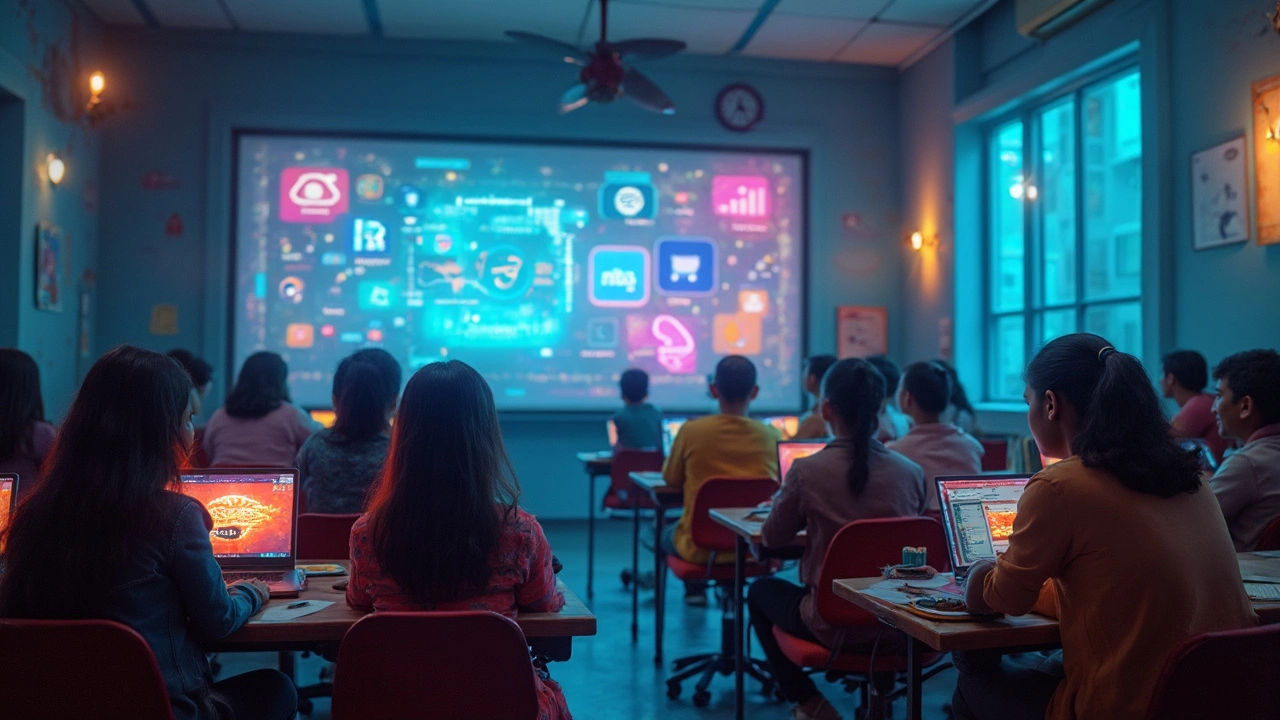
Virtual Classrooms – The New Normal in Indian Education
Ever wondered why so many schools are hopping onto video calls and chat groups? Covid showed us that learning can happen anywhere, and virtual classrooms are the engine driving that change. Whether you’re a student juggling homework at home or a teacher trying to keep kids engaged, the digital classroom is now part of daily life.
For Indian learners, virtual classrooms mean access to top teachers without the long commute, and schools can offer richer resources like interactive quizzes and recorded lessons. But the shift isn’t just about technology – it’s about re‑thinking how we teach and learn.
Benefits of Virtual Classrooms
First off, flexibility is a game‑changer. Students can join a math lesson from a village in Rajasthan or a science demo from a lab in Delhi, all with a stable internet connection. This opens doors to expertise that used to be limited to big cities.
Second, cost savings matter. Schools save on physical infrastructure, and families save on transport. The money saved can go into better digital tools, like affordable tablets or subsidised data plans.
Third, tracking progress becomes easier. Most platforms generate reports on attendance, quiz scores, and time spent on activities. Teachers can spot a struggling student early and give targeted help, something that’s harder to do in a crowded classroom.
Overcoming Common Challenges
Connectivity issues still bite, especially in remote areas. A practical fix is to download lessons when the connection is good and use them offline later. Encourage schools to partner with local community centers that have reliable internet.
Engagement can drop when students stare at a screen for too long. Break lessons into bite‑size chunks, sprinkle in polls, and use breakout rooms for group work. Kids love a quick game or a real‑time quiz – it keeps the energy up.
Another hurdle is teacher training. Not every educator is a tech wizard. Offer short, hands‑on workshops focused on the most used tools – like Zoom, Google Classroom, or Microsoft Teams. Peer‑to‑peer support groups also help teachers share hacks and troubleshoot problems together.
Finally, assessment integrity is a concern. Use a mix of open‑book assignments, project‑based work, and timed quizzes with random question pools. This reduces the temptation to cheat and focuses on real understanding.
Virtual classrooms aren’t a passing fad; they’re reshaping how education reaches every corner of India. By embracing the benefits, tackling the hurdles head‑on, and keeping the experience student‑centred, teachers and learners can make the most of this digital shift. Ready to give your online class a boost? Start by picking one tool you’re comfortable with, plan a short interactive activity, and watch the difference it makes.
